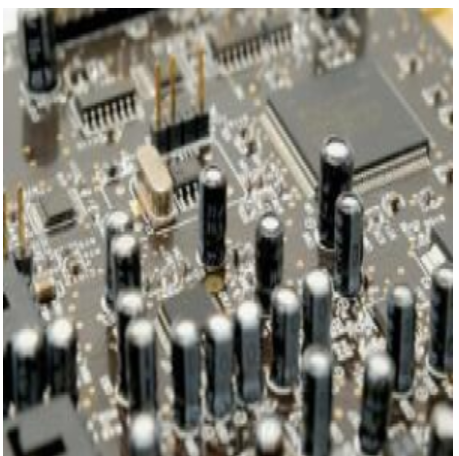Date:2025-07-02 Categories:Product knowledge Hits:251 From:Guangdong Youfeng Microelectronics Co., Ltd
2. Transient overvoltage/overcurrent: During the switching process of MOS transistors, transient fluctuations in the output voltage and current may occur, and the transistor cannot withstand these overvoltage or overcurrent and is easily damaged.
3. Insufficient reverse breakdown protection: In MOS switch circuits, it is often necessary to perform reverse breakdown protection on the output terminal to avoid damage, and the reverse breakdown capability of the transistors may be insufficient, leading to damage.
To solve the problem of transistor burnout in MOS switch circuit design, the following measures can be taken:
1. Increase current limiting resistor: By setting an appropriate current limiting resistor at the base of the transistors, the magnitude of the output current can be limited to avoid overload damage.
2. Add protection circuit: Overvoltage and overcurrent protection circuits can be designed at the output terminal to promptly eliminate overload and protect the transistor from damage when an abnormality occurs at the output terminal.
3. Choose the appropriate transistors model: Choose a transistor model with high current driving capability and reverse breakdown capability to ensure stable and reliable operation in MOS switch circuit design.
When designing MOS transistors switch circuits, reasonable consideration of transistor selection and protection measures can effectively reduce the risk of transistor burnout and improve the reliability and stability of the entire circuit.
To prevent these issues, we usually adopt some protective measures when designing MOS transistors switch circuits, such as adding overcurrent protection circuits, using appropriate heat dissipation designs, or adding a reverse diode between the gate and source of the MOS transistors to prevent static electricity and overvoltage damage to the MOS transistor. In addition, we can also choose to use some transistors that are more resistant to overheating and overcurrent to improve the reliability of the circuit.

Previous: Classification, Structure, and Principle of MOSFET